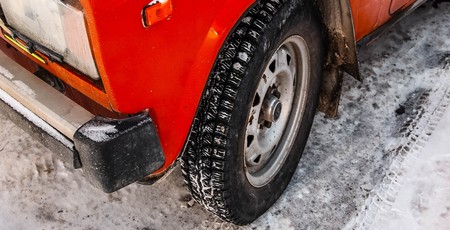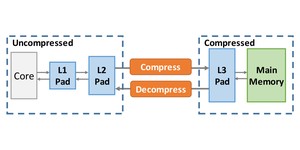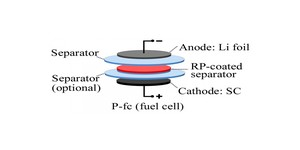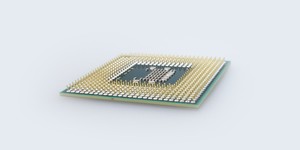Researchers turn tyre waste into semiconductors
March 6, 2019 | 10:38

A team of researchers at the University of the Chinese Academy of Sciences in Beijing have announced a breakthrough in the treatment of vehicle tyre rubber waste, using it as the base material for an organic semiconductor that could feature in future displays.
Rubber tyres are a remarkable invention, cushioning a vehicle while providing improved grip over the wood-and-metal wheels they replaced. They're not terribly good for the environment, however: The waste rubber which is worn off onto road surfaces contains a swathe of chemicals used during the manufacturing process to harden and toughen the rubber, and these then wash down into waterways during the next rain - causing a serious hazard to health.
Chief among these pollutants is 2-(methylthio)-bezothiazole, also known as MTBT. Treatments exist to remove hazardous MTBT from waterways, but in doing so produce their own waste - which is, at least, benign.
Researchers from the Chinese Academy of Sciences in Beijing, led by Hui Huang, have come up with an alternative treatment in which the end product is not more waste but instead turns MTBT into an organic semiconductor suitable for use in display applications. Using a metal catalyst, acid, and the application of heat, the team successfully converted MTBT into a material suitable for an organic field-effect transistor (FET); another variant of the process produces semiconductor nanoparticles which could be used as fluorescent dyes for the imaging of cells.
'The organic semiconductors showed excellent performances in field effect transistors and cell imaging,' the team explains of its work. 'This contribution presents an excellent example of converting organic waste to valuable materials and may open a new avenue to utilise widely available aromatic thioethers.'
The team's research has been published in the journal Angewandte Chemie as 'Efficiently Converting Thioether Waste to Organic Semiconductors by Carbon-Sulphur Bond Activation'.

MSI MPG Velox 100R Chassis Review
October 14 2021 | 15:04








Want to comment? Please log in.